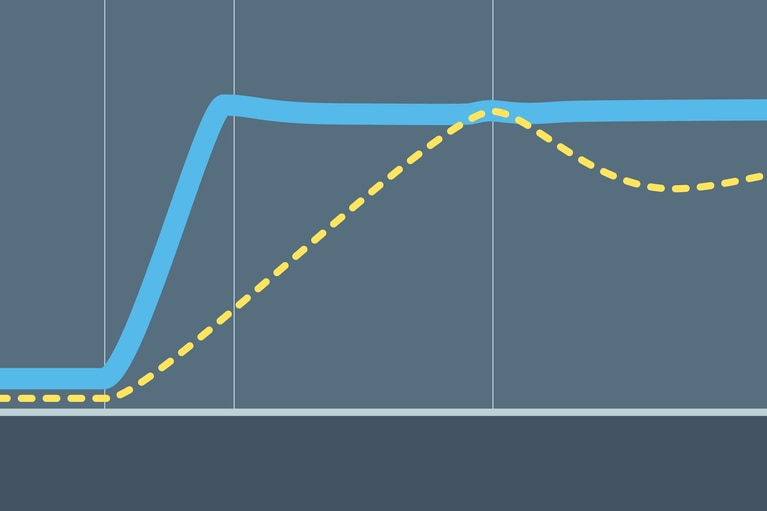
ReVolt – 技術問答
ReVolt 正在解决好莱坞片場的排放問題,下一步將把可擕式 DC 電源應用於建築工地、應急回應事件等領域
尊敬的用戶:
為了改進 Vicor 網站,我們將於美國東部時間 12 月 29 日上午 11:30 至下午 2:00 對網站進行維護。
在此期間,您可能無法查看網站的某些部分,特別是產品頁面和產品型號清單。
對於給您帶來的不便,我們深表歉意,並感謝您的耐心等待。
– Vicor 網站團隊
The Vicor webinar Enabling Bi-Directional Energy Flow Using DC Power Transformers shows how Vicor power components allow voltages to be stepped up or down, based on the direction of energy flow.
The webinar pays particular attention to the Bus Converter Modules (BCMs) and Non-Isolated Bus Converter Modules (NBMs), families of fixed-ratio converters that step up and down voltages with a fixed ratio, operating as if they were a DC transformer.
One of the main topics was scalability: engineers wanted to know more about delivering higher power levels and larger voltages. Here is a collection of the best questions on these topics, along with presenter Harry Vig’s answers.
High power arrays can be created using the bus converters in parallel provided that care is taken in designing the input and output connections. BCM modules share inherently with inputs and outputs connected in parallel, with the positive temperature coefficient of ROUT reinforcing sharing. Assuming equal cooling, an array can operate at full power with accurate sharing and no de-rating. The array should be designed based on guidelines that optimize protection, efficiency, reliability, and minimize noise. For more information, check out our Application Note on using BCMs in High Power Arrays.
Redundancy and shutting down for protection are the parts of the design I think are most difficult. One of the potential problems is if one module shuts down, and maybe a second one shuts down, the load is transferred to the other modules. This could result in a cascade failure. The most intelligent way to deal with this problem would be to use a microprocessor or other control circuitry.
But if you need the output from ten modules in parallel, it would be a good idea to have 12, 14 or even 15 modules in parallel. That’s because with additional components, the loading on each module will decrease, and with that its operating temperature will decrease as well. When operating at lower temperature, they’re going to have a better lifetime. Additionally, you will have built-in redundancy: if one of them does turn off for some reason, you’ve still got the required capacity so you won’t have to shut them all down.
Other customers take this approach if they need to conduct regular maintenance and take one module out of service for testing, especially if the system has a long lifetime and you’re in a battery environment: you may well want to inspect the modules for corrosion due to battery fumes.
At the time this was written, VIcor had a 400V version of the BCM, which is adequate for most applications. See the Vicor BCM family page to see the specification of our latest products.
Related content
Webinar: Enabling bi-directional energy flow using DC power transformers
Application note: Using BCM® bus convertersin high power arrays
ReVolt – 技術問答
ReVolt 正在解决好莱坞片場的排放問題,下一步將把可擕式 DC 電源應用於建築工地、應急回應事件等領域
雙向供電與快速瞬態回應能力賦能可擴充的主動懸架系統
正弦振幅轉換器™ (SAC™) 模組憑藉其獨特的雙向供電功能與瞬態回應速度組合,為主動懸架系統開闢了全新可能性
提供更高的峰值功率和更快的動態瞬態回應,實現更輕、更强大的電動汽車架構
隨著時間的推移,市場上的電動汽車(EV)對電驅動系統的依賴程度日益加深,例如線控轉向、線控制動以及主動懸架系統等
電流倍增器:為 AI 處理器及其他嚴苛應用供電的明智之選
AI 處理器需要解决低電壓、高電流的嚴苛挑戰,這將會導致電源系統設計產生瓶頸。瞭解 Vicor 的電流倍增技術如何改變這一現狀


